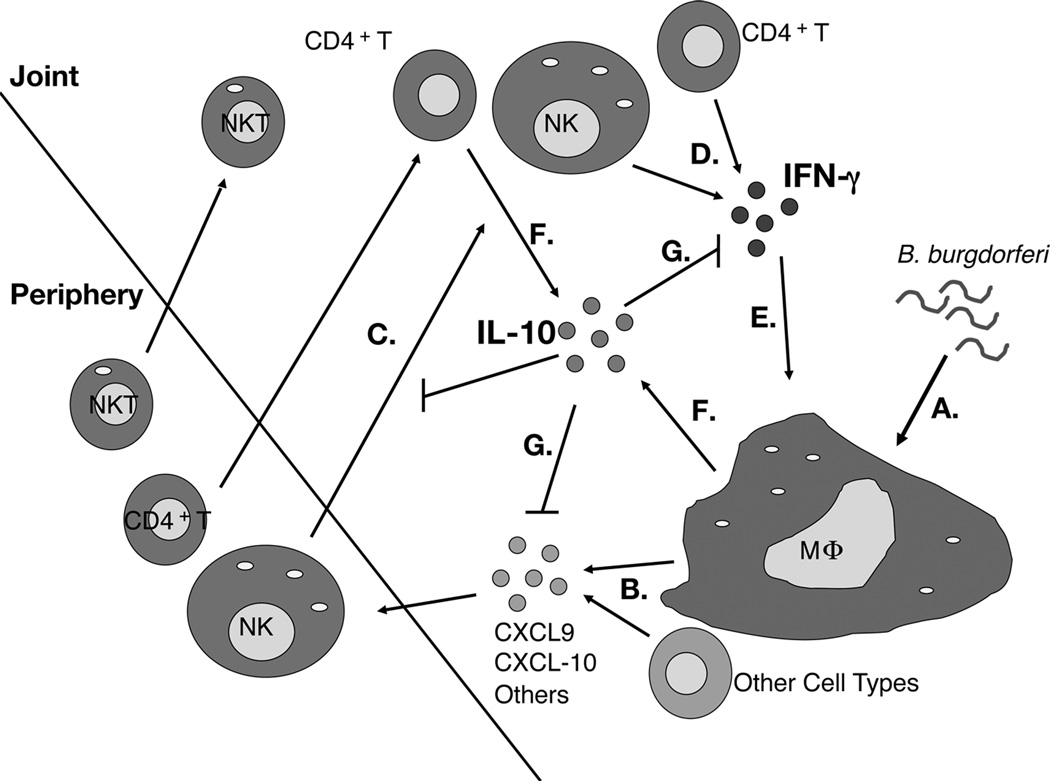Figure 9. Model of Lyme arthritis development in B6 IL-10−/− mice.
B. burgdorferi spirochetes are detected by macrophages and other resident cell types in the joint (A). B. burgdorferi stimulated production of CXCL9, CXCL10, and other chemokines is exaggerated in B6 IL-10−/− mice (B). NK cells, NKT cells, CD4+ T cells, and other cell types are recruited to the infected joint through the influence of multiple chemokines (C). NK cells and CD4+ T cells produce IFN-γ (D). Macrophages and other cell types in the joint are activated by IFN-γ, and produce a second wave of chemokines, including CXCL9 and CXCL10, completing a feedback loop (E). Macrophages and CD4+ T cells produce IL-10 (F). IL-10 regulates the expression of IFN-γ, and subsequent production of CXCL9 and CXCL10 (G).

